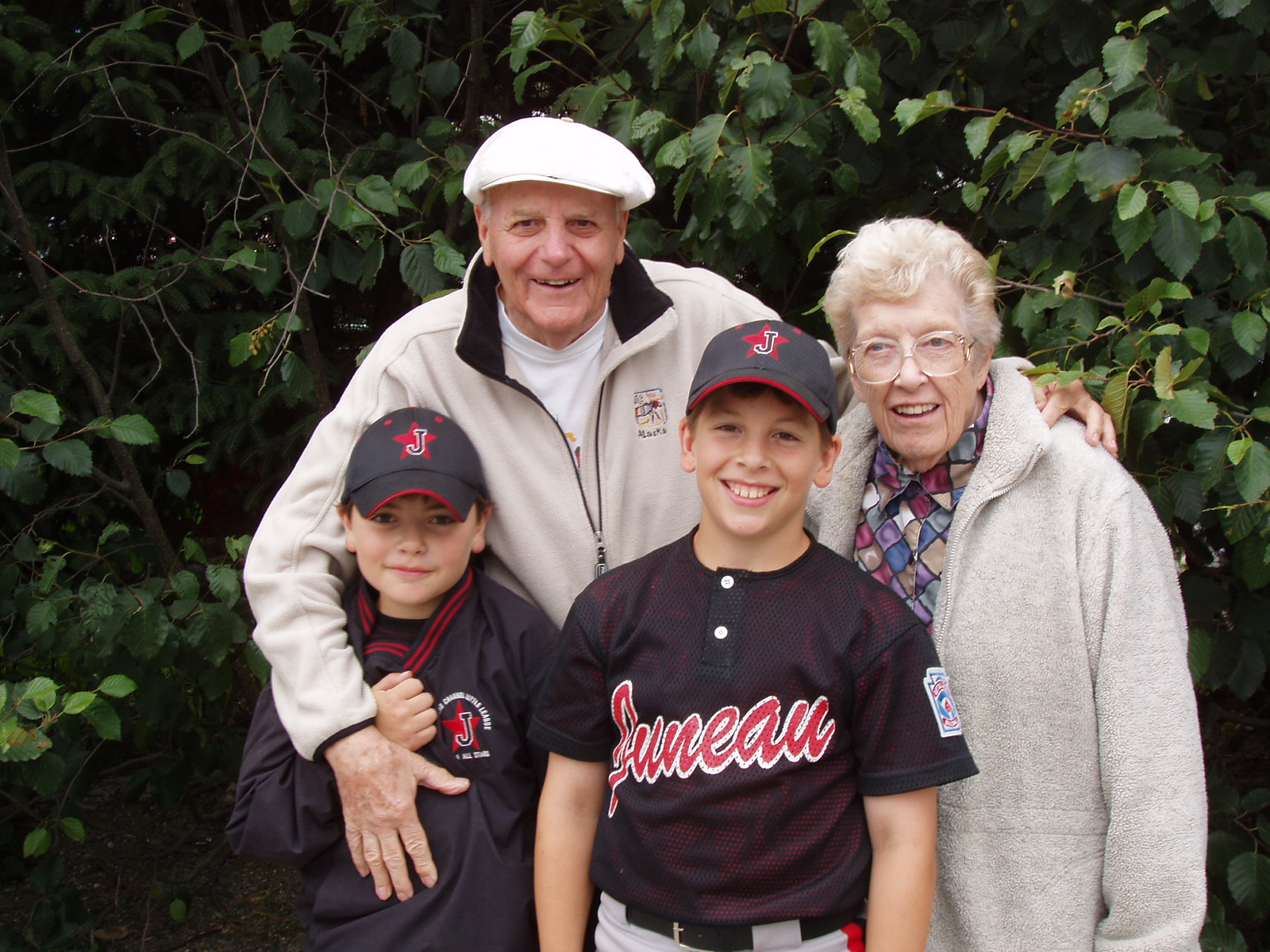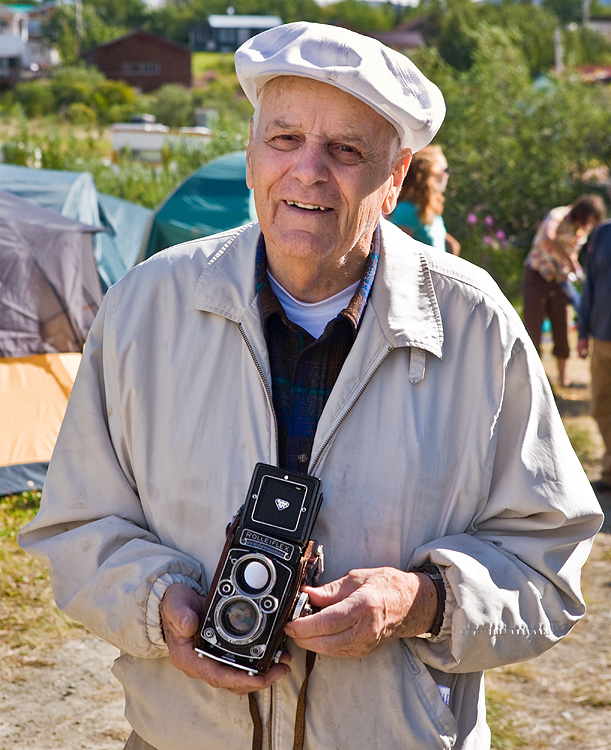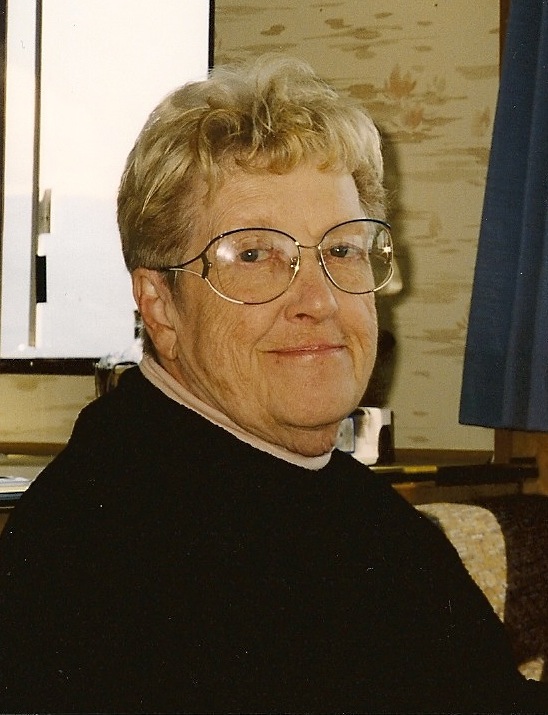Aldo Leopold wrote, “To those devoid of imagination a blank place on a map is a useless waste; to others, the most valuable part.” The Juneau Icefield can perhaps be considered the type locality for these blank places, appearing so even in many of today’s satellite images. As has been the case every year since JIRP’s inception, each student spent their summer on the icefield working to fill in its vast blank space with learning, discoveries, memories, and friendships. In doing so, they created individual value and meaning for the place; furthermore, they added immeasurably to the value and meaning of JIRP. As in the past, they performed the annual mass balance and glacier geometry surveys (including surveys both at the Taku Glacier terminus and in the Gilkey Trench) and completed individual projects, this year spanning topics in glaciology, snow science, hydrology, geology, atmospheric science, botany, and entomology. While doing so, they also forged an extraordinary bond of friendship and mutual support that was truly incredible to witness. I would like to thank each and every student for their outstanding contributions to the field expedition, to camp life, and to the academic and research lifeblood of the program. It is because of students like you that I am certain that JIRP’s future is secure.
I would also like to thank the members of the teaching, research, and medical faculty, including first-time JIRPers Jason Amundson, Anthony Arendt, Gabrielle Gascon, Uwe Hofmann, Eran Hood, Lindsey Nicholson, Bill Peterson, and Stanley Pinchak, plus JIRP stalwarts Polly Bass, Cathy Connor, Jack Ellis, Christian Hein, Paul Illsley, Bill Isherwood, and Alf Pinchak. The effort each of you put into developing and delivering the academic program and supervising student projects made JIRP 2013 the success that it was. Special thanks go to Jay Fleisher, whose wisdom and insight continually surprise and inform, and to Jeff Barbee and Mira Dutschke, whose tireless efforts added immeasurably to the summer – and measurably, too, in the form of incredible photography and video footage that we will enjoy for years to come.
There is no way for me to sufficiently thank the logistics and safety team. Your efforts ensured that the season ran far more smoothly and safely than could be expected of any program involving 50+ people in a remote field setting. This team included Field Logistics Manager Scott McGee, Juneau Logistics Manager Zach Miller, Carpenter/mechanic Ben Partan, and field safety staff members Kate Baustian (Camp 18 Manager), Annie Boucher (Camp 17 Manager), Sarah Bouckoms (Blog Coordinator and Camp 30 Manager), Matt Pickart (Camp 10 Manager), and Adam Toolanen (Safety Training Manager). I also include in this list Matt Beedle, who ensured that our blog posts from the field were uploaded in a timely manner.
Finally, I would like to thank all of those who followed the blog this summer. I hope that it provided a portal into the daily lives of the JIRP students, faculty, and staff – while showing that the icefield is both nowhere as blank as it seems and extremely valuable to those fortunate enough to traverse it. May the students of JIRP 2013 continue to seek out blank spots on the map, and to fill them with value and meaning.
With best regards,
Dr. Jeffrey L. Kavanaugh
Director


































